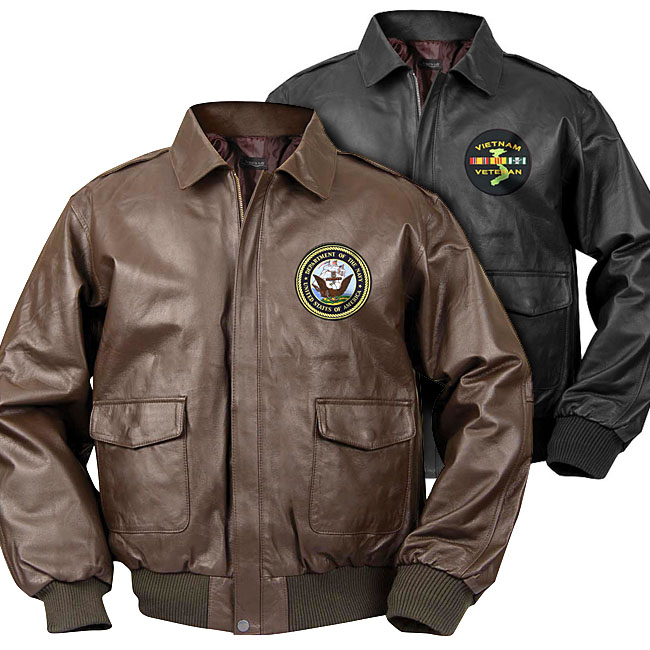


However, even the largest bombers of the time offered very little space to crewmembers. Head protectionĮarly in the war, bomber crews wore standard M1 infantry helmets. The introduction of body armor reduced the rate of wounds sustained by aircrews by 60%. 51in machine gun, they did protect their wearers from shell fragments and flying debris, and that was a big deal. While flak jackets could not, of course, withstand a direct hit by a projectile fired from a fighter’s. WWII bomber crew helmets at the National Museum of the United States Air Force Together these two pieces provided protection for the wearer’s chest, abdomen, groin, and back. A typical combinations was an M1 flak vest complimented by an M3 apron section hanging from the vest’s bottom. Several variations of the suit were available for different crew members depending on their position inside the aircraft: M2 for pilots and copilots, M3 for ball turret gunners, M4 for waist gunners, M5 for seated personnel. If they crew had to bail out or ditch the aircraft in the water, suits could be quickly removed by pulling a single red release strap. Filled with 2-inch squares of manganese steel plates sewn into fabric, they weighed about 13 lb. Officially designated as M1 flyer’s vests, they were also known as flak jackets, flak vests, or flak suits. They were also shortly adopted by the USAAF. Upon successful tests of the suits developed by Grow, the Wilkinson Sword company started their mass production for RAF crews.

To prove his point, Grow designed a body armor suit for aircrews and delivered a dozen of these suites for testing in actual combat situations in March 1943. In fact, up to 70% of bomber crew wounds resulted from shattered pieces of aircraft structure and shrapnel from exploding anti aircraft shells. Grow, Surgeon of the US Eighth Air Force in Britain, suggested that many of those could have been easily prevented, if those airmen had worn pieces of light armor. Noticing that the majority of his patients came in with fragmentation wounds, Col. When the Allies started bombing raids into German-held territory, a steady stream of wounded aircrews started filling the hospitals. 37 Squadron RAF rear gunner Scotty in turret of Wellington bomber aircraft, MIDDLE EAST, 1942 Unnecessary wounds So, in addition to equipping the airframes with armor plates, the crews also received personal armor to increase their survival chances during fierce aerial battles in hostile skies. But it was also important that they returned with their crews safe and sound. Payen PA-22: Delta Wing Pioneer from 1930s WW2 anti flak gogglesĪctually, Allied heavy bombers were very robust and sturdy machines and often safely got back to base peppered with bullets and shell fragments.


 0 kommentar(er)
0 kommentar(er)
